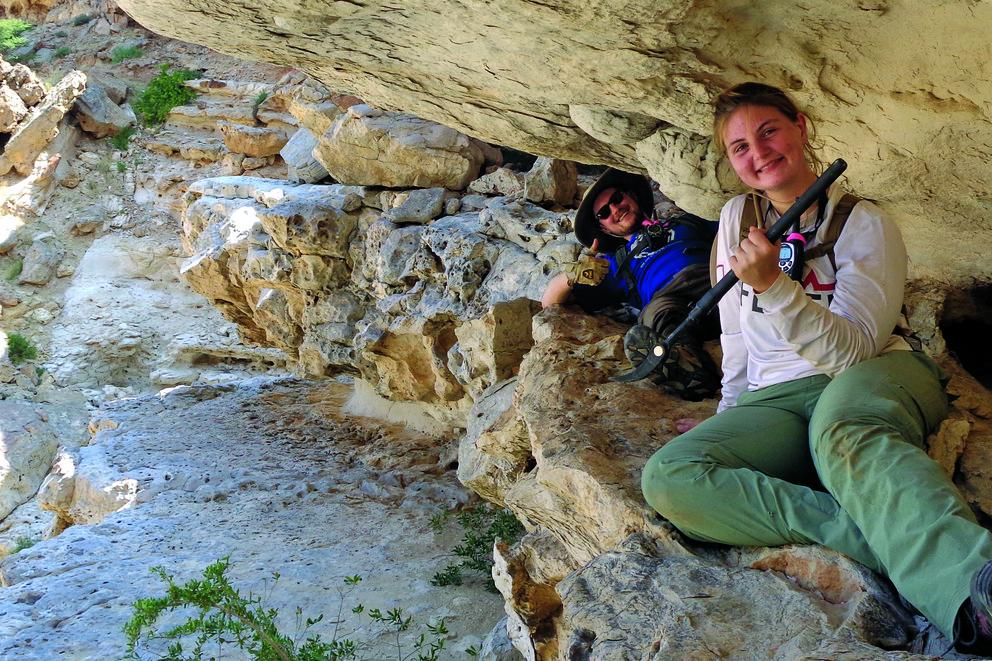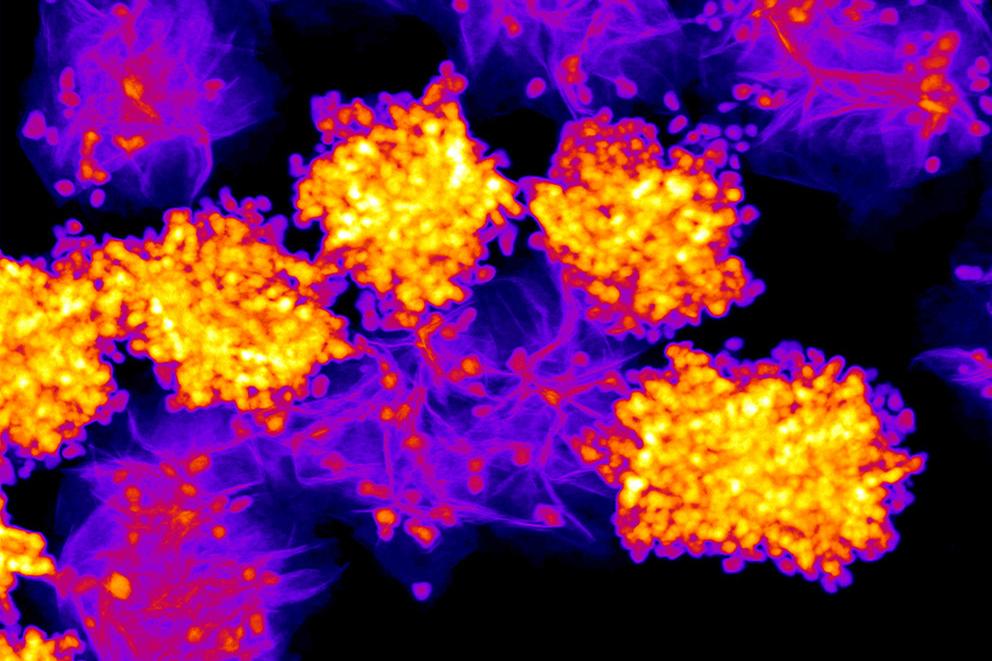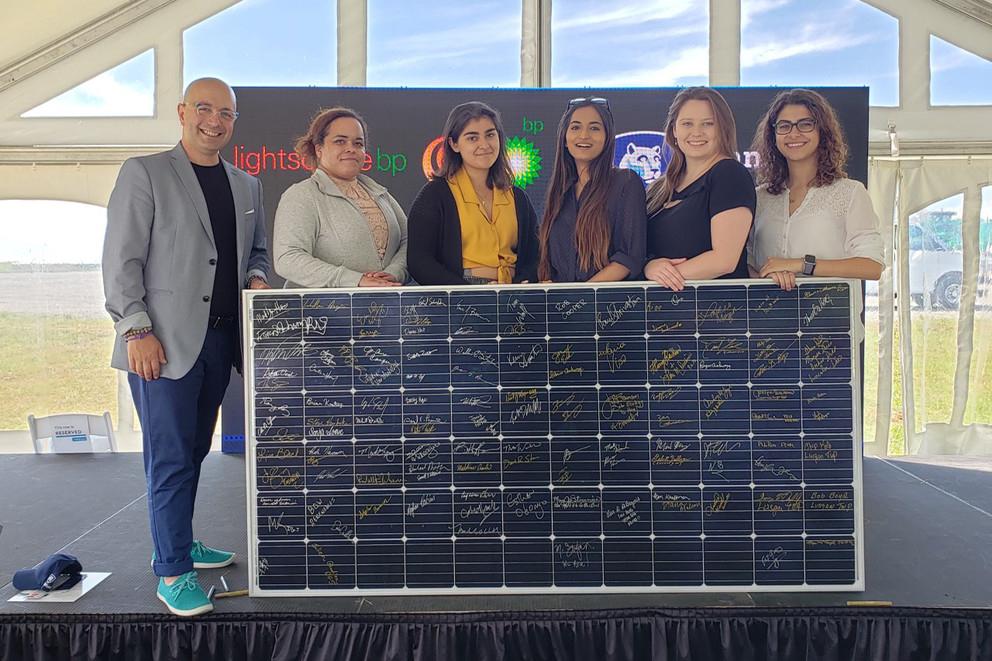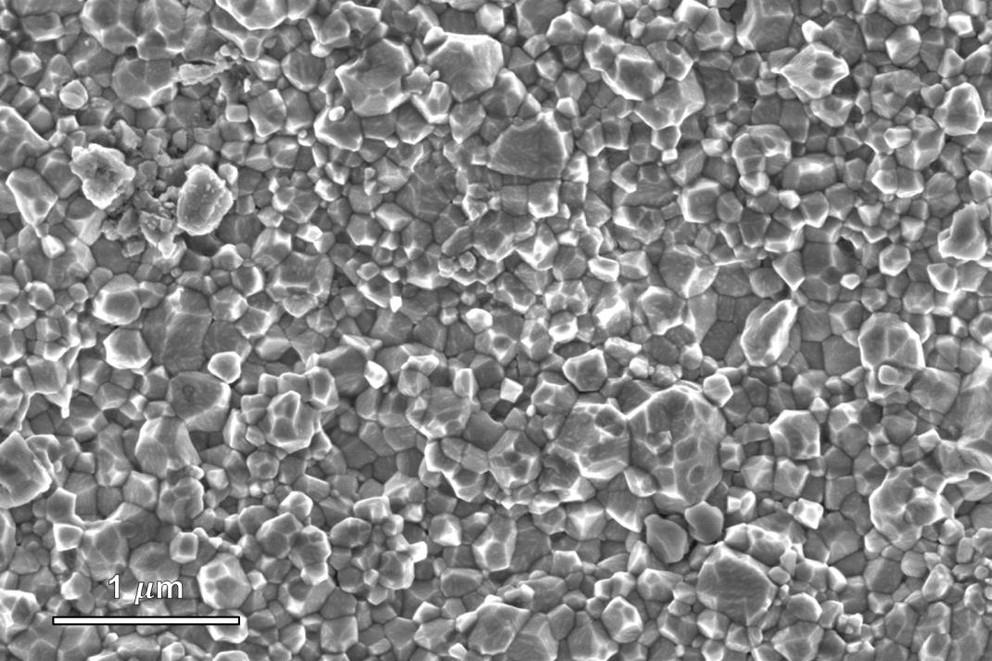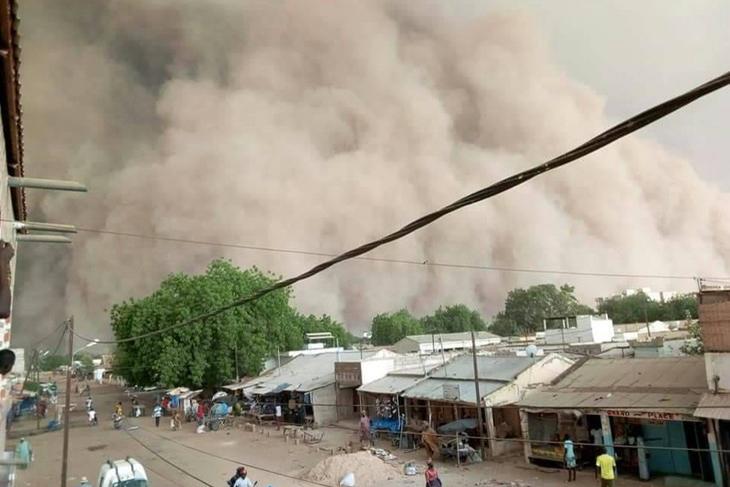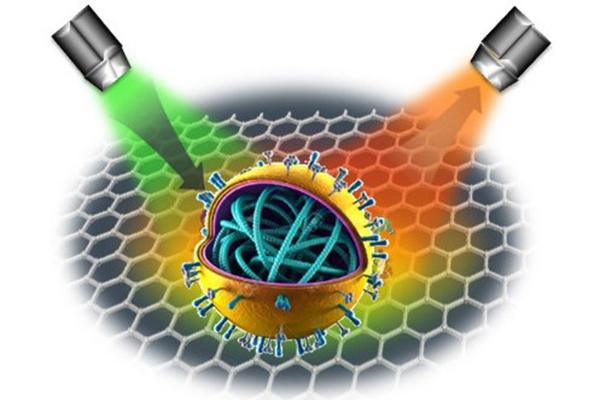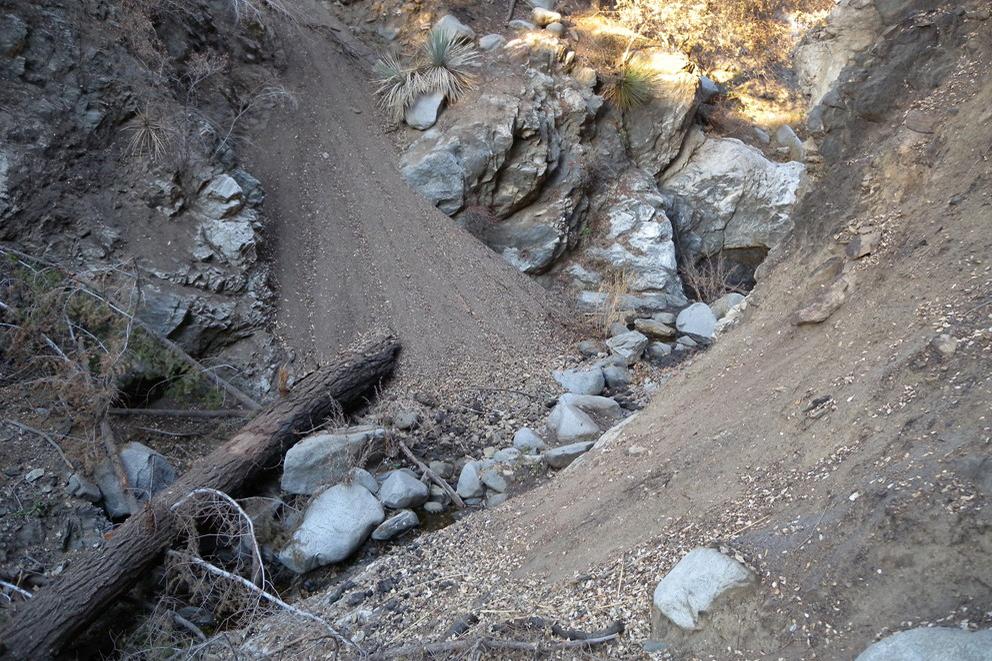Read the latest news about research conducted by investigators in the College of Earth and Mineral Sciences. Our faculty and students are continually advancing technology, creating solutions and expanding knowledge with new and innovative research.
News
High on the craggy cliffs of Oman’s rocky desert landscape, Sarah Ivory squeezed into narrow, dark caves in search of a different kind of goldmine.
Researchers at Penn State and Purdue University have developed new materials for improved single-atom catalysis and future electronics.
When Zoë Rauscher arrived at Penn State as a first-year student, she “knew nothing about solar," she said.
Penn State researchers have produced barium titanate at record low temperatures, and the discovery could lead to more energy efficient manufacturing.
Penn State will be well positioned to recognize and interpret the social implications of artificial intelligence (AI), thanks to a new, multi-unit research center launched this spring.
Current carbon cycle models may underestimate the amount of carbon dioxide released from the soil during rainy seasons in temperate forests like those found in the northeast United States, according to Penn State researchers.
Comparing dust simulations and health data for Senegal, an international team of researchers found dust to be responsible for poor air quality, which is followed by a rise in poor health outcomes.
A new podcast that highlights the work of Penn State researchers and how their findings impact communities near and far is now available through central Pennsylvania’s public media station.
The evolution of viruses will be the focus of a five-year $3.7 million dollar grant from the National Science Foundation’s new program on convergence research, to an interdisciplinary team led by Penn State.
The mudslides that follow wildfires in Southern California can be deadly and difficult to predict. New research can help officials identify areas prone to these mudslides and respond before disaster occurs, according to scientists.



